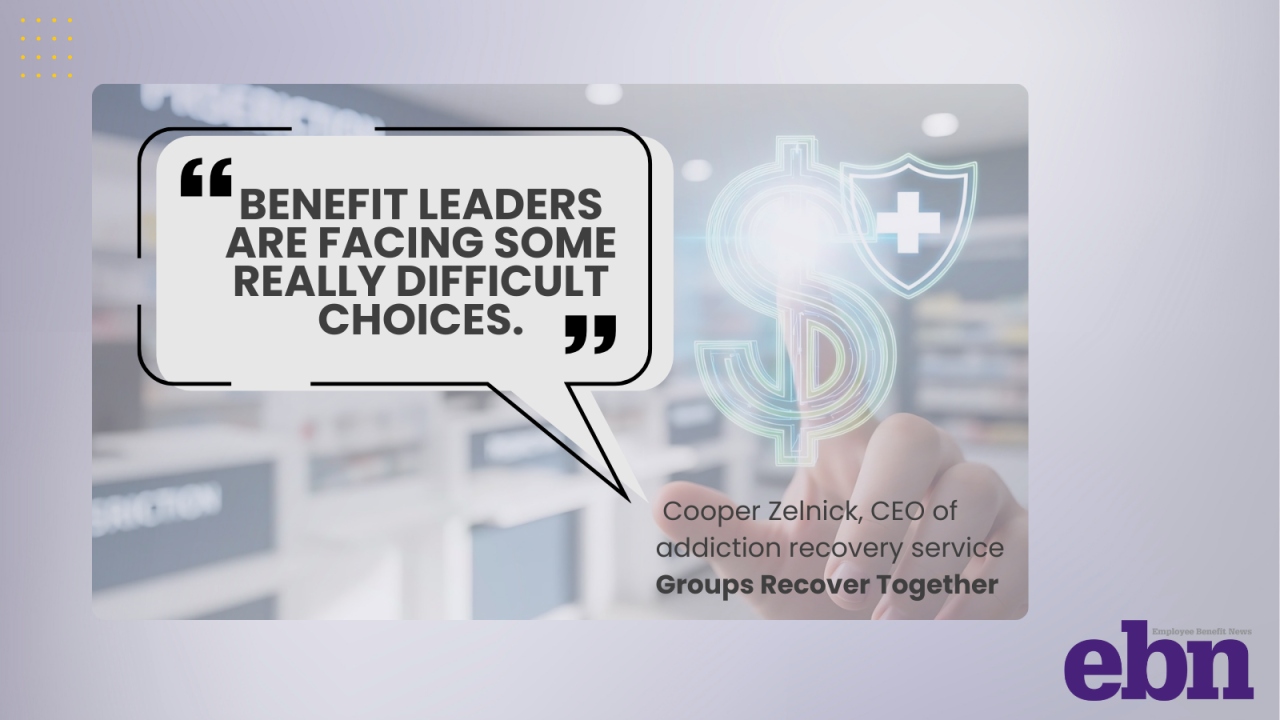- What's at stake: Rising inequity perceptions could erode workforce morale and spark enrollment disputes.
- Expert quote: "Benefits must feel inclusive, not privileges for a few," says Cecilia Hellström.
- Supporting data: 74% of employees say GLP‑1 coverage could create workplace health inequalities.
- Source: Bullets generated by AI with editorial review
Employer coverage of GLP-1s is increasing, but if they're not paired with other,
A new survey from global nutrition app Lifesum revealed that 74% of employees believe if employers provide GLP-1 medications like Ozempic, Wegovy and Mounjaro, it could lead to health inequalities within the workforce due to
This doesn't mean that organizations should hold off on including them in their offerings, but access alone isn't enough — the
"[This] means looking beyond eligibility and cost to how GLP-1 programs feel for employees," she says. "Employees worry that GLP-1s could create a two-tier system — where only higher-paid staff or those on premium plans can access them. Equity here isn't just about access — it's about perception. Employees want reassurance that health initiatives are inclusive, not privileges for a few."
Read more:
Where GLP-1s become exclusive
Data from the International Foundation of Employee Benefit Plans shows that 55% of employers currently offer GLP-1s for diabetes management only, and 36% offer them for diabetes and weight loss. To be eligible for the latter, employees must often meet specified requirements, such as a certain body mass index, or an existing weight-related chronic condition like high blood pressure.
Even when eligible, cost can stand in employees' way: Depending on how much their employer covers, the details of their individual plan, and the particular medication being taken, workers can still end up paying hundreds out of pocket per month.
Together, these factors leave out a large amount of the employee population who would like support with getting healthier.
"A fair program offers access based on medical need while ensuring everyone feels supported — not excluded or judged," Hellström says. "For example, employers can pair GLP-1 coverage with universal nutrition tools, education, and coaching, so all employees benefit."
But according to human capital solutions platform Aon, only 1 in 5 employers offer lifestyle or behavior management benefits alongside their GLP-1 coverage. In addition to overlooking support for those who don't take a GLP-1, this also cuts down on the long-term effectiveness of these drugs for those who do.
Read more:
A broader health strategy
GLP-1s should be one of many weight health benefit options for employees, says Hellström, who emphasizes the need to look for those that promote long-term change over quick fixes. For example, Lifesum offers members the ability to track their food intake and exercise habits, gives personalized feedback and provides recipes and meal plans that can be customized to meet dietary needs and different life stages. Other important areas of support include behavioral health care and lifestyle coaching that help people adopt better habits.
Employers stand to benefit from a well-rounded approach also, since research shows that behavioral and nutritional support is a critical part of these medications' effectiveness, as well as weaning people off when the time is right.
"GLP-1s can be powerful, but they work best when paired with empathy and inclusivity," Hellström says. "The goal for benefit leaders is to create programs that support everyone's health journey — not just those on medication."
Read more:
By offering a variety of health benefit options, employers can meet people where they are and ensure that everyone in their workforce feels cared for.
"The best programs combine medication access with lifestyle and behavioral support, giving every employee a path to better health," she says. "It's about combining clear, equitable policies and inclusive wellness support. This approach promotes fairness and lasting well-being."






